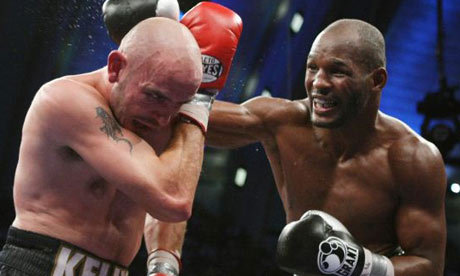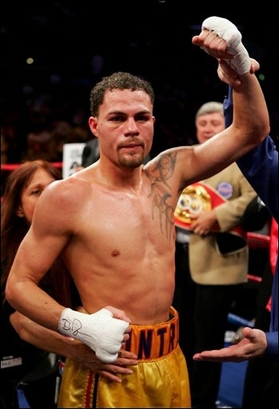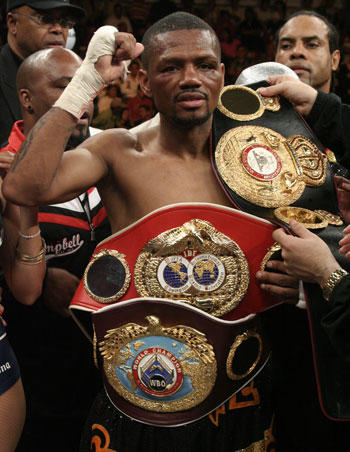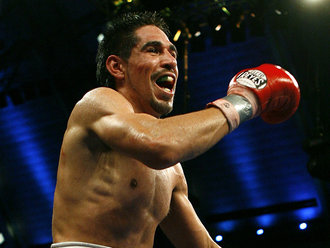 That's what a punch looks like when a national champion wrestler tries to be a boxer. Not technically sound at all and pretty ugly. Please use your wrestling again Josh Koscheck.
That's what a punch looks like when a national champion wrestler tries to be a boxer. Not technically sound at all and pretty ugly. Please use your wrestling again Josh Koscheck.And it was.
As a result, it almost went bankrupt. The decision to market mixed martial arts as a bloodsport limited the growth of the audience and turned athletic commissions away. UFC found its saving grace when Zuffa purchased the company.
The UFC implemented a strict set of rules, weight classes and signed the most respected fighters in the disciplines of jujitsu, boxing, wrestling and muay thai. UFC was legitimate and it was ready for the whole world to see. It was a change I was glad to see, the more fans it has the bigger the sport can become and that is always great.
There was one problem however, and that was the amount of fans watching the fights just because they wanted to see blood and knockouts. I love a good scrap, but mixed martial arts is not boxing, and the sport is so unique and often beautiful because of the strategy it requires and all the different techniques that are displayed.
The thirst for the knockout put pressure on fighters to change their style. If they wanted to be popular with the fans and earn a title shot, they would have to know how to put someone to sleep. On one hand, it helped fighters become much more well rounded, which is good. But the problem is fighters who get to the big dance on their wrestling prowess abandon what they know best and want to be a kick boxer.
A perfect example of this would be Josh Koscheck this past Saturday against Paulo Thiago.
Koscheck was clearly the better fighter, even on the feet, where he was dominating Thiago. But Koscheck is a two-time national champion in collegiate wrestling and he did not attempt one takedown. He hung out on his feet for too long, got caught with a devastating uppercut, and was knocked out by an inferior fighter.
I know if I were as good as Koscheck at wrestling, I would have taken Thiago to the mat after I softened him up on his feet. Koscheck would have easily been able to land shots had he secured a takedown.
I don't blame the fans for the change in fighters' mentalities. The fighter should know that if they fight to their strengths and mix things up, the fans will like them either way. Georges St. Pierre is the most popular fighter in the UFC and he often takes his opponent down and works ground and pound.
However, the UFC management does send mixed signals at times. Fighters like Yushin Okami and Lyoto Machida are due for title shots, but because they are not the most exciting fighters, they are put on the back burner. I think Joe Silva is a tremendous matchmaker, but that would be my one gripe with the business angle of the UFC.
It's disappointing to watch fighters such as Koscheck and even Joe Stevenson go into a match and not use their strengths to win a fight. If Demian Maia can become a fan favorite, so can other fighters that don't go for knockouts.
Maia is a dominant submission artist and he knows it, so he takes his opponent down and makes him tap. The fans love every second of it. The fans are becoming more educated too. When a fighter passes from full guard to side mount, the crowd applauds. That would have never happened five years ago.
As the fans become more educated, I hope the fighters do to. I don't want to see a great wrestler with average striking skills turn a fight into a boxing match. First off, it makes for a bad match and gives me an urge to turn a real boxing match so I can see some decent technique. Secondly, it works against the fighter and limits him from winning and moving up the ranks.
Let's make sure the mixed doesn't leave mixed martial arts.













